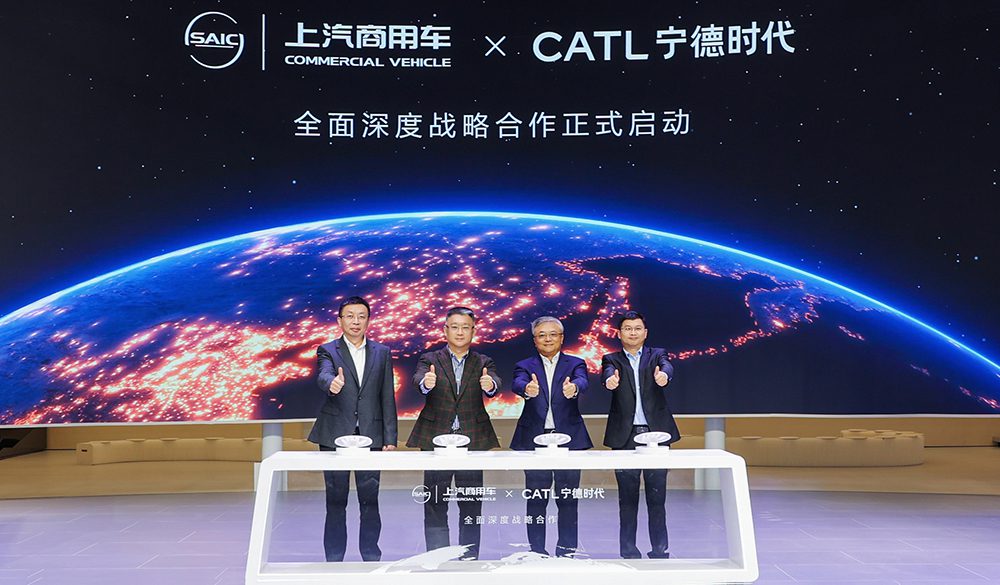Is EV range really the barrier to adoption that many assume it is? Certainly, it tends to be the second thing (after charging) that the EV-curious ask about, and most of us have had conversations with skeptics who seem to have exaggerated notions of how much range they need (a friend of mine once told me he wanted to be prepared to drive from Tampa to Atlanta—about 500 miles—and back in a single day).
In fact, various studies have found that the majority of real-world car trips are well within the range of a typical EV. A 2016 MIT study concluded that current EVs could meet the needs of about 90 percent of drivers, at a total cost no greater than that of ICE vehicles (and remember, this was in 2016, when few EVs could muster as much as 200 miles of range).
A new study for the Bureau of Transportation Statistics adds some interesting data to the debate. The Maryland Transportation Institute analyzed “an anonymized national panel of mobile device data from multiple sources,” and found that, in 2021, 52% of all trips in the US, using all modes of transportation, were for distances of less than three miles. Some 28% of trips were for less than one mile, and just 2% were for greater than 50 miles.
A trip was defined as a movement that included a stay of longer than 10 minutes at a location away from home. The trips included driving, rail, transit and air travel. “A weighting procedure expands the sample of millions of mobile devices, so the results are representative of the entire population in a nation, state, or county,” the authors write.
Obviously, drivers’ use cases vary—certainly there are some drivers who do make long trips on a regular basis. However, this study’s results indicate that this is a very small subset of US drivers, so current EVs should have plenty of range for the majority of car buyers. Furthermore, considering the still-high cost of batteries, automakers may want to consider offering models with less range and lower price tags.









































































































